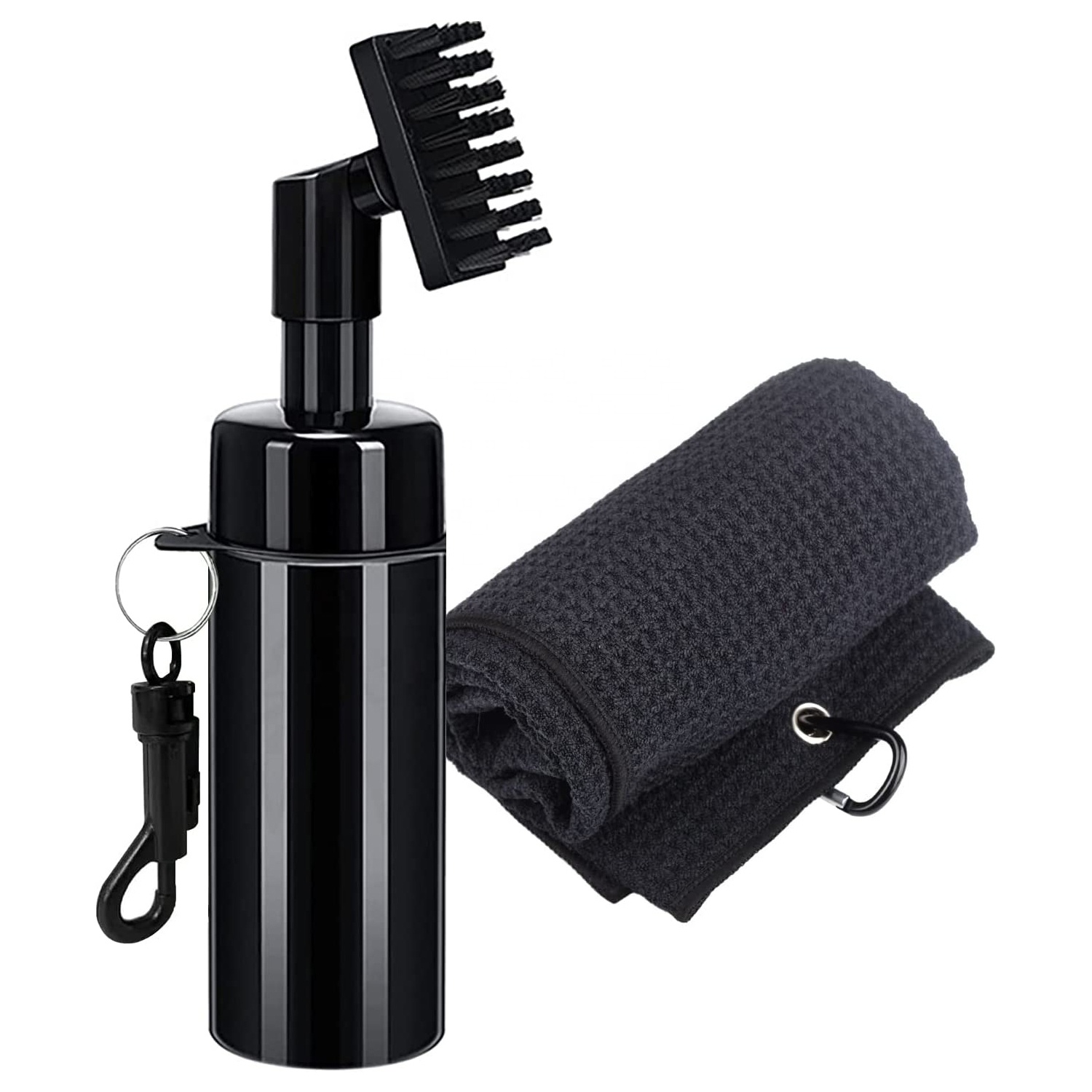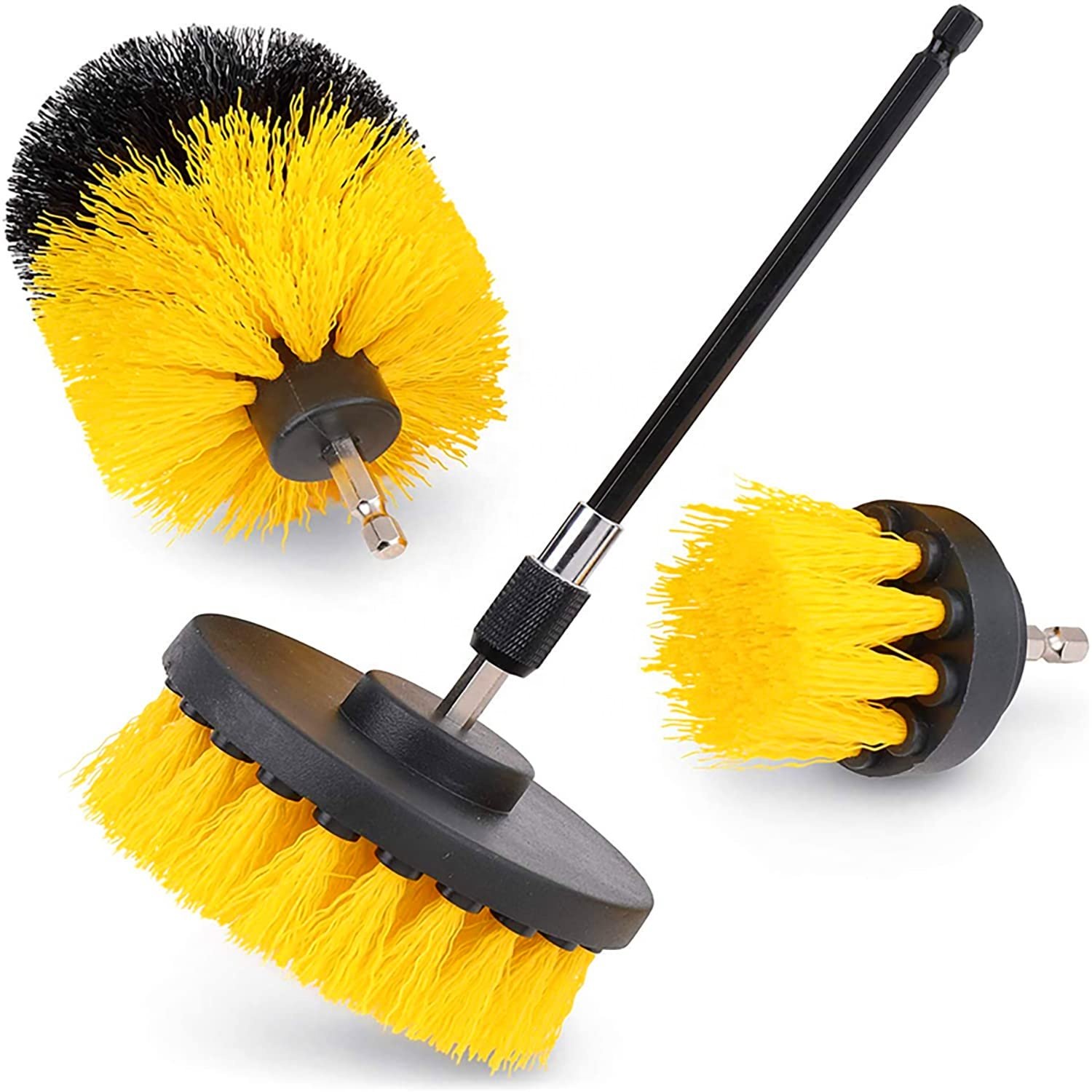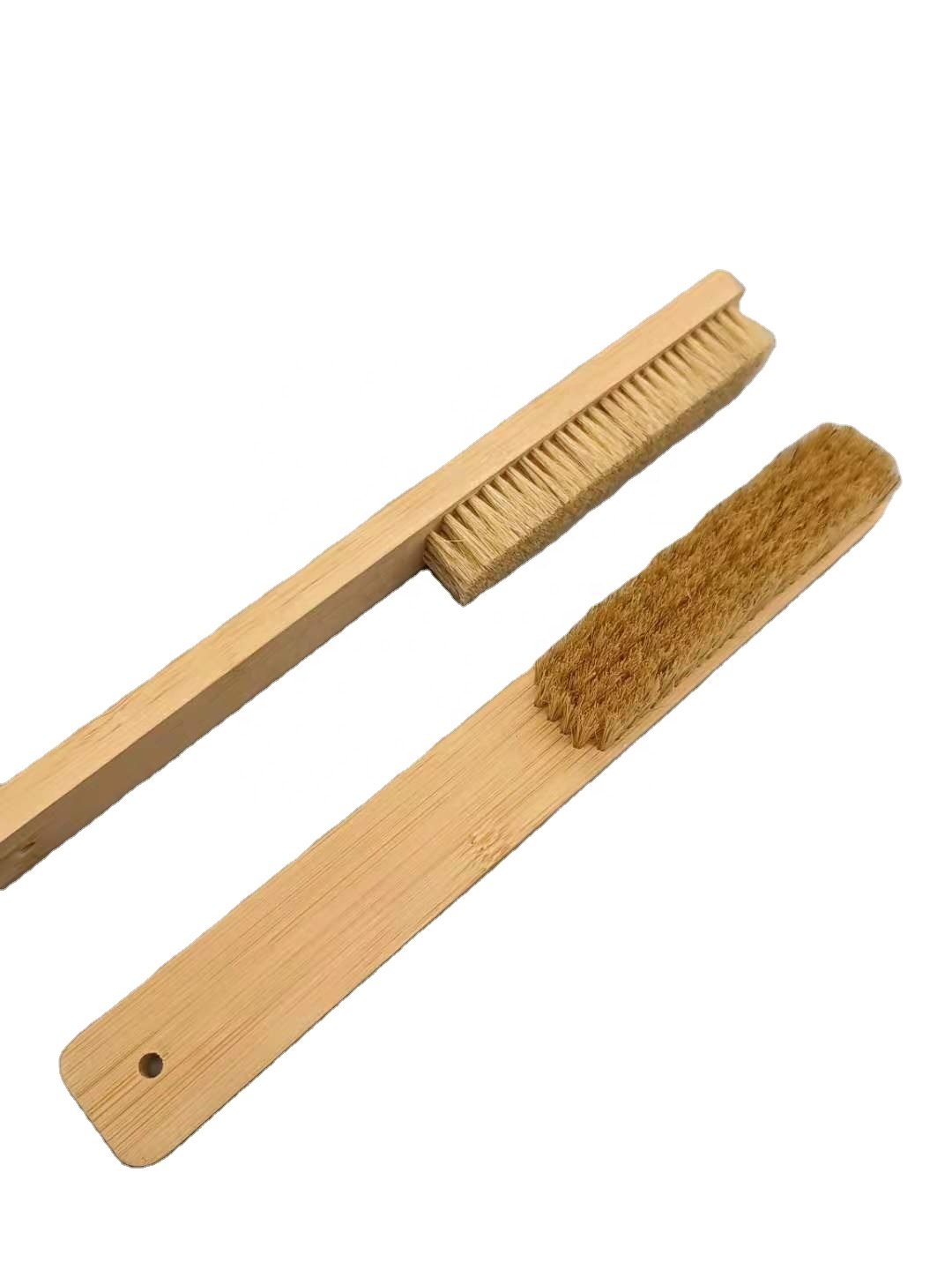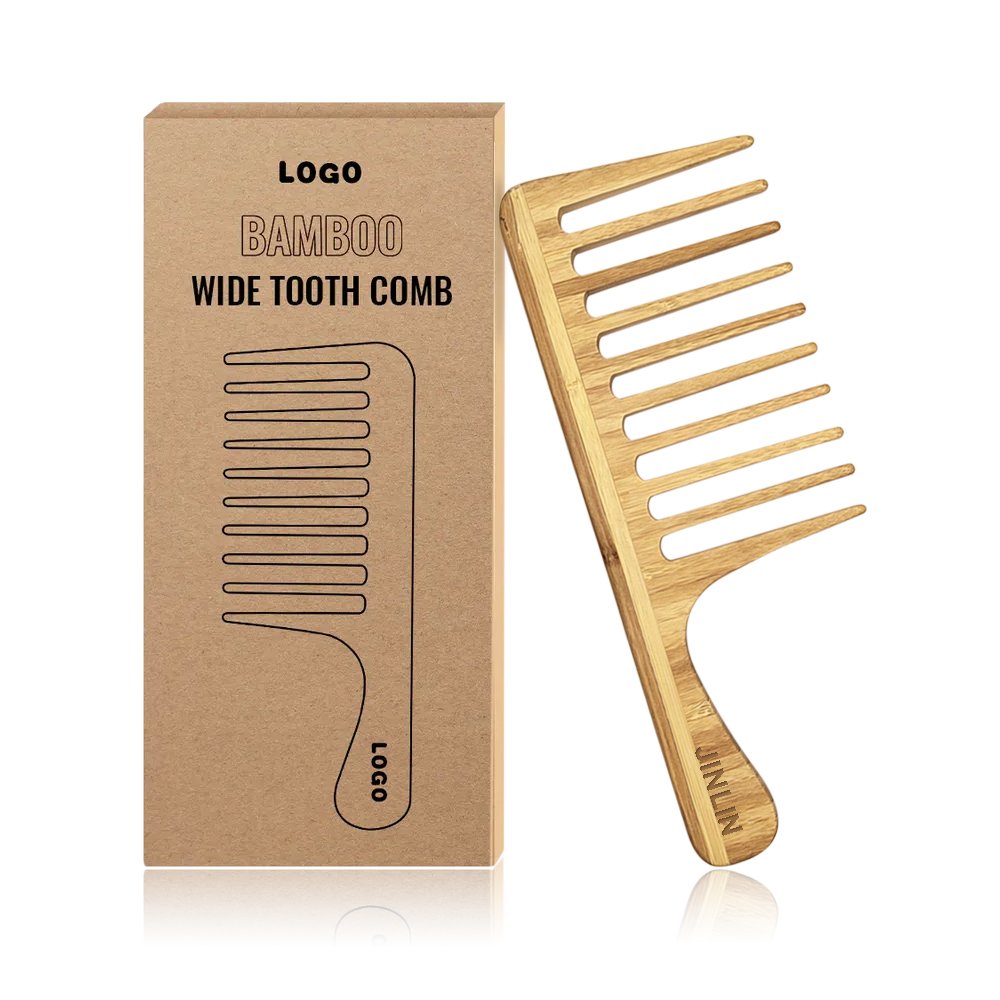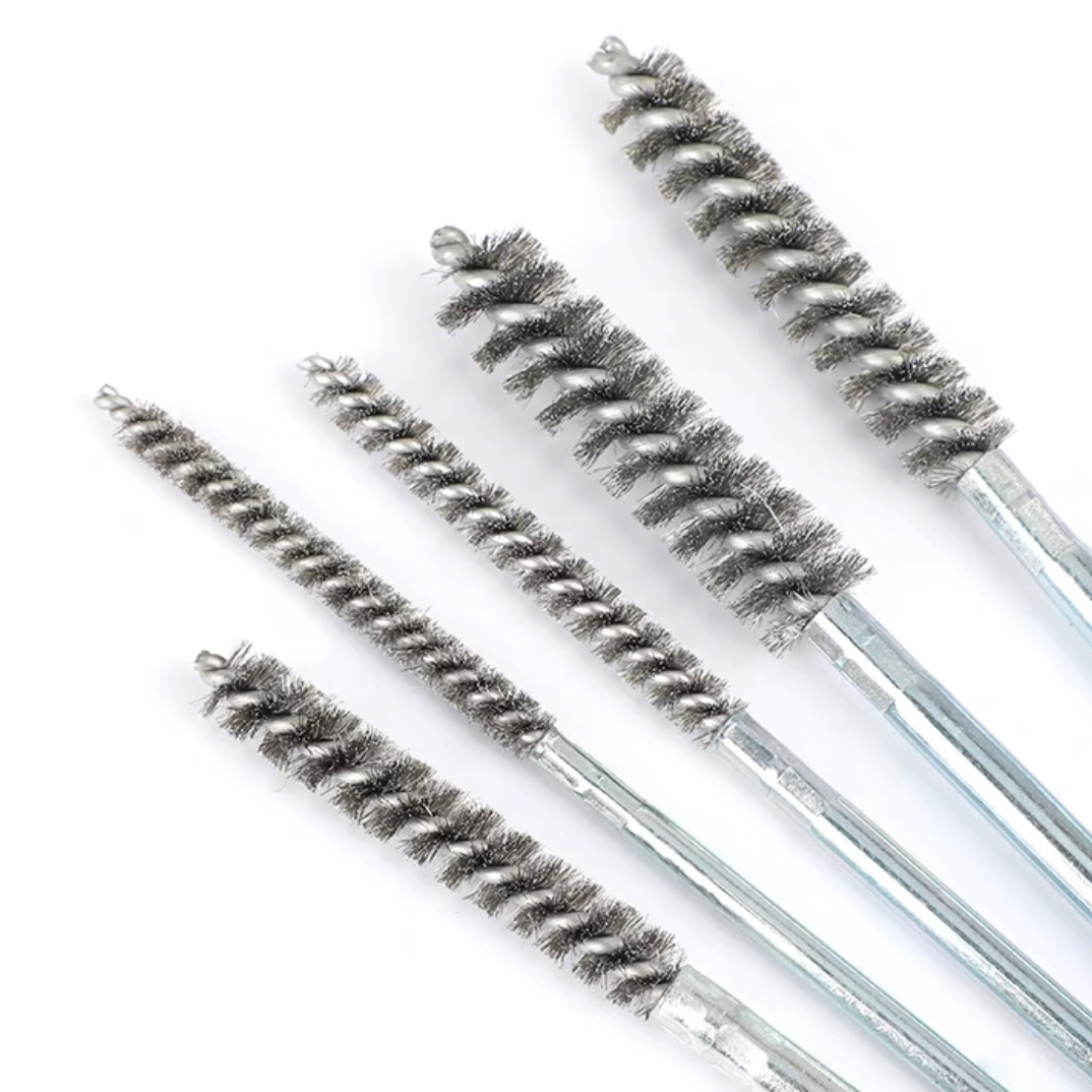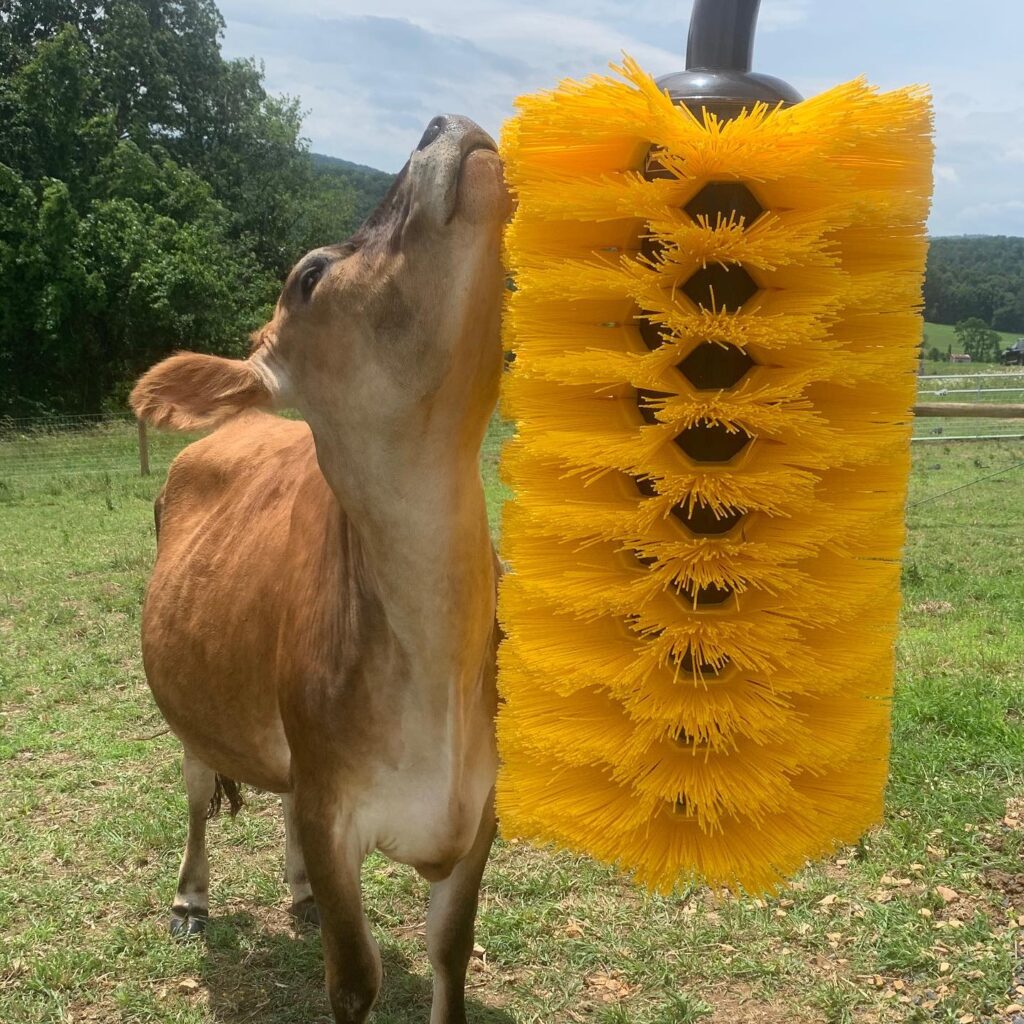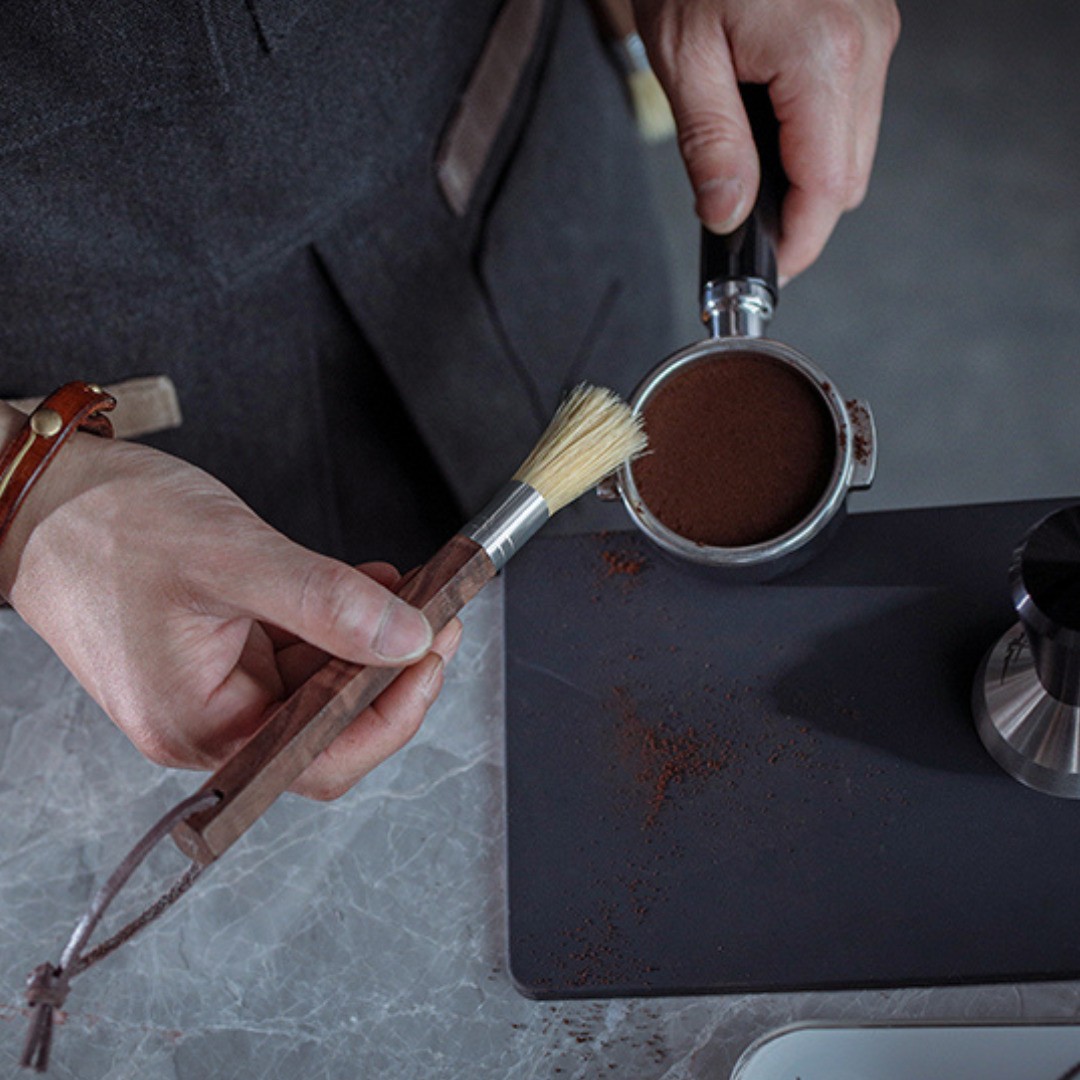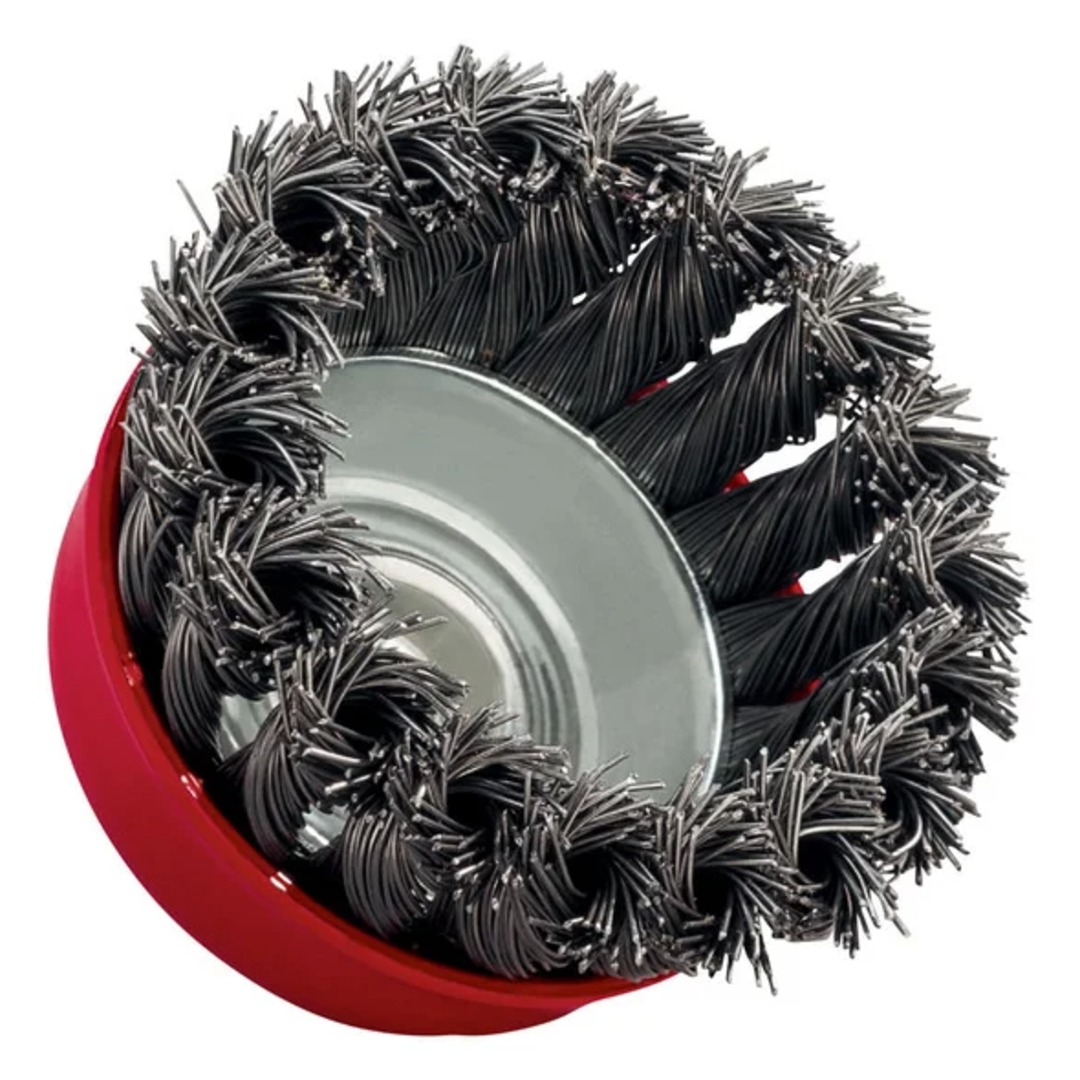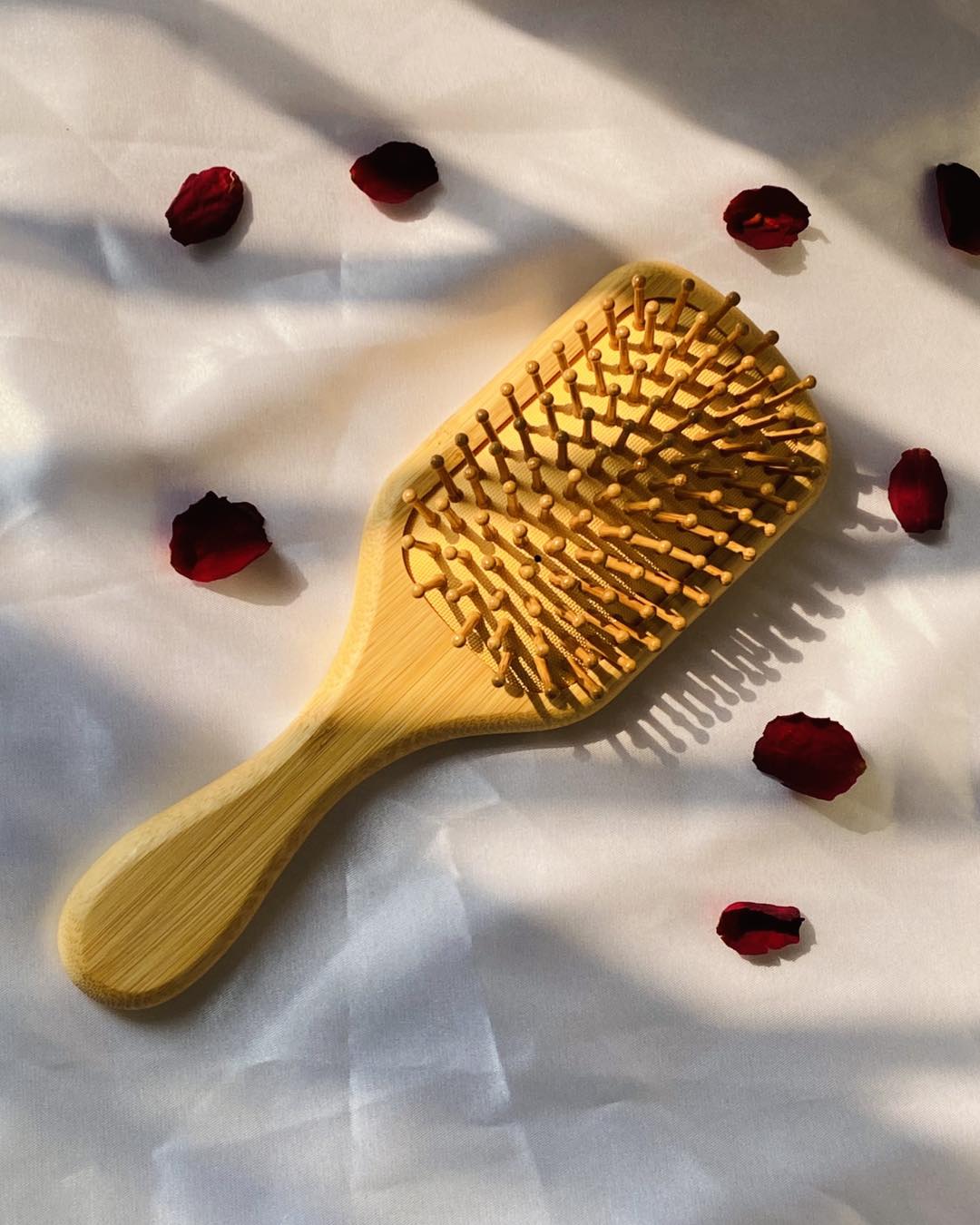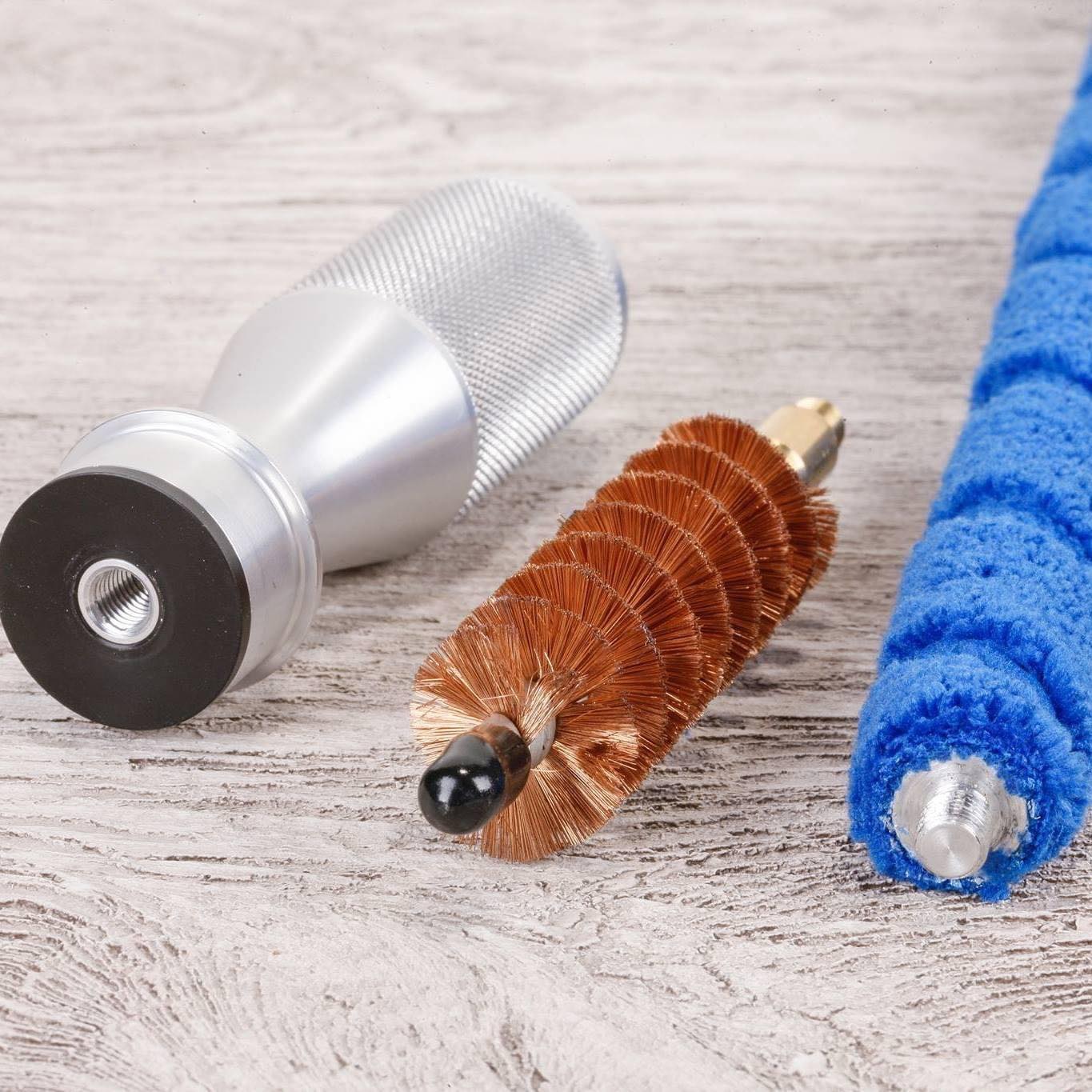Índice
Understanding the Purpose of Cow Brushes from the Start
So, what are cow brushes for? In short, cow brushes are designed to fulfill one of the most basic yet powerful behavioral instincts in cattle: the desire to groom and scratch. These brushes allow cows to self-scratch, improve hygiene, relieve stress, and enhance their overall comfort. By offering cows the ability to engage in natural grooming behaviors—especially in confined housing systems—these mechanical tools play a crucial role in boosting welfare and productivity. Far from being a gimmick, cow brushes have become a staple in progressive livestock management strategies worldwide.
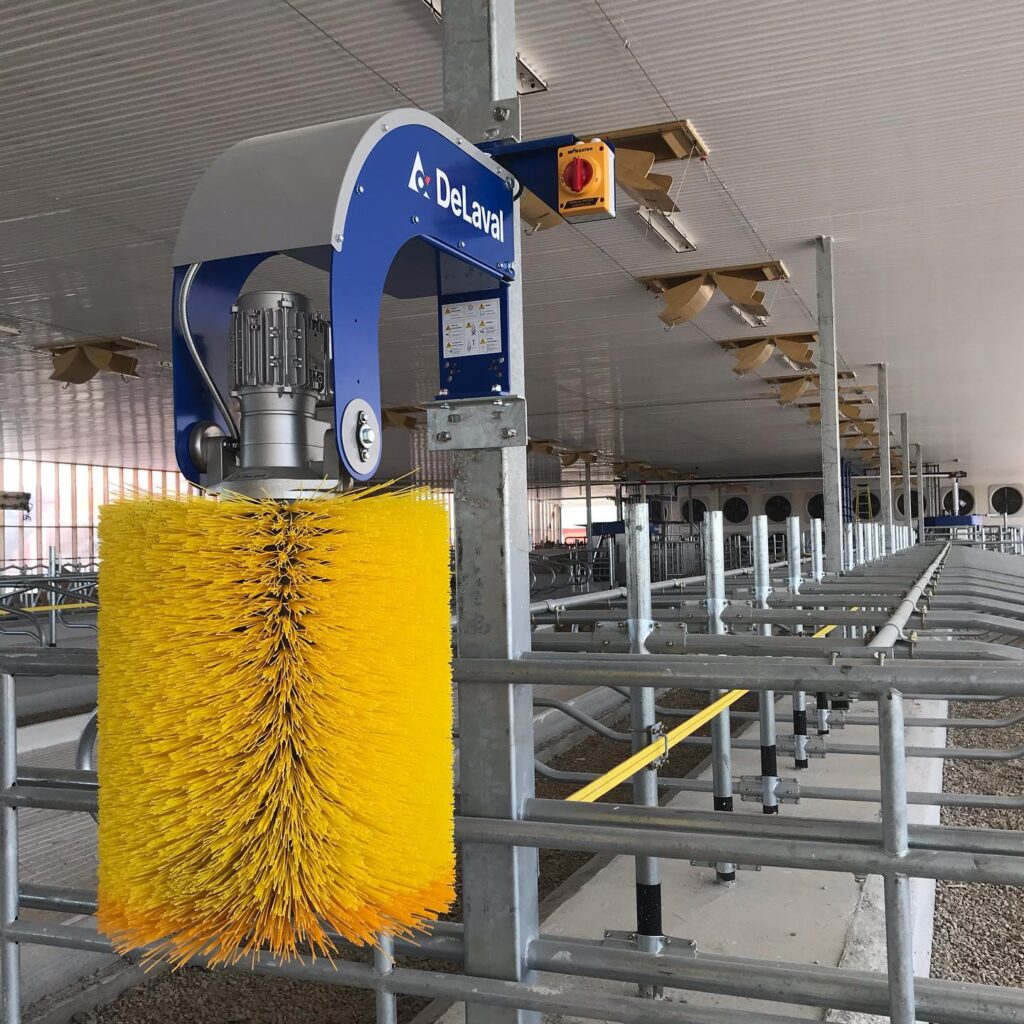
The Natural Grooming Instinct of Cows
If you’ve spent any time observing cattle, you’ve likely noticed their relentless desire to scratch. Cows will use just about anything—fence posts, barn doors, trees, or even machinery—to relieve an itch or groom themselves. This need is so powerful that cows have even caused structural damage to cell towers and utility poles, prompting farms and rural infrastructure operators to install protective fencing. The bottom line? Cows will seek out any opportunity for relief—and a properly designed cow brush is the ideal solution.
What Is a Cow Brush and How Does It Work?
A cow brush is a mechanical grooming tool specifically developed for dairy and beef cattle. Depending on the design, it may rotate, swing, or combine both movements to create multiple angles for a satisfying scratch. These devices are mounted inside barns or open shelters where cows frequently pass. When a cow presses against the brush, it activates, allowing the animal to groom hard-to-reach areas like its back, neck, and sides. Brushes may be automatic (powered by motors) or manual (activated by the cow’s force).
Key Benefits of Cow Brushes for Cattle
1. Skin Health and Hygiene
Cow brushes remove dirt, loose hair, dried manure, and dead skin. This grooming action also helps eliminate external parasites, reducing the risk of skin infections and irritation. A cleaner cow is a healthier cow—and a more comfortable one, too.
2. Improved Circulation
The rubbing motion stimulates blood flow, particularly to muscles and capillaries under the skin. Increased circulation not only contributes to skin health but also enhances overall metabolic function and immune response.
3. Stress Reduction
Access to a cow brush allows cows to perform a natural behavior, significantly lowering anxiety and stress. Reduced stress translates into better reproductive health, stronger immune systems, and more relaxed animals in the milking parlor.
4. Behavioral Enrichment
In confinement systems, cows may develop abnormal behaviors due to boredom, such as tongue rolling, excessive licking, or aggression. Cow brushes reduce these tendencies by offering mental stimulation and a sense of control over their environment.
Scientific Studies Supporting Cow Brushes
Motivation Study by the University of British Columbia
In a notable study, researchers taught cows to push open a weighted gate to access different “rewards”—fresh feed, open space, and a mechanical brush. The results were revealing. Cows were just as motivated to access a brush as they were to reach fresh feed. In contrast, they showed less motivation for additional open space. This underscores just how valuable grooming is to cows—equivalent in importance to food.
Milk Production Study by Cornell University
Another research project at Cornell showed that access to cow brushes is correlated with increased milk production. Several theories support this:
- Grooming encourages cows to move more, increasing feeding frequency and intake.
- Better circulation leads to enhanced udder health and improved lactation.
- Increased activity improves energy metabolism, particularly the efficient use of ketones.
The Economic Payoff for Farmers
Providing mechanical brushes isn’t just about animal comfort—there’s a tangible return on investment. Happier cows are more productive, leading to better milk yields and overall herd health. Let’s explore a simplified financial example:
| Without Brush | With Brush | |
|---|---|---|
| Number of Cows | 100 | 100 |
| Average Daily Milk per Cow (lbs) | 81 | 83.2 |
| Total Daily Milk (lbs) | 8,100 | 8,320 |
| Milk Price per cwt | $16.00 | $16.00 |
| Daily Revenue | $1,296 | $1,331.20 |
| Annual Revenue | $473,040 | $485,888 |
| Annual Increase | $12,848 |
While actual figures may vary based on feed, genetics, and environment, the evidence is clear: cow brushes can pay for themselves through increased production alone.
Essential Safety Features to Look For
1. Automatic Shut-Off Mechanism
Brushes should include a sensor that detects when the brush is under unusual strain (e.g., if a cow gets caught) and immediately shuts down to prevent injury.
2. Overheat and Overload Protection
Top-tier cow brushes have motors with thermal overload protection, ensuring that continuous use doesn’t damage the system or cause a fire risk.
3. Emergency Stop Button
Operators should have access to a prominent and easy-to-reach stop switch in case manual intervention is needed during cleaning or emergencies.
4. Proper Bristle Design
The bristles should be stiff enough to groom effectively but flexible enough not to harm the skin. Additionally, they should be long-lasting and easy to replace.
Best Practices for Brush Usage
- Limit one brush to no more than 60 cows to reduce competition and aggression.
- Install in a high-traffic but low-stress area such as near feed alleys or resting zones.
- Regularly inspect the brush for wear, debris build-up, or malfunction.
- Train new or young cows to use the brush through observation and positive reinforcement.
Two Extra Features That Add Value
1. Adjustable Height and Rotation Angle
High-end brushes offer adjustable height settings and customizable rotation angles, making them suitable for different cow breeds and barn designs. This flexibility allows for better grooming coverage and reduces unused equipment.
2. Energy Efficiency and Smart Sensors
Newer models include motion sensors that only activate when a cow approaches, significantly reducing power usage. These features also extend the life of the brush and minimize unnecessary operation.
Perguntas Frequentes (FAQs)
1. How many brushes do I need for my herd?
It’s recommended that one brush be shared by no more than 50 to 60 cows. Overuse can lead to aggressive behavior and wear out the equipment faster. For larger herds, install multiple units to ensure equal access.
2. Are cow brushes suitable for calves or younger animals?
Yes, but smaller, more gentle versions are recommended for younger cattle. Introducing grooming early can increase comfort, familiarity, and usage later in life.
3. Do cow brushes require much maintenance?
Not significantly. Most high-quality models are designed for low maintenance, requiring only periodic cleaning, occasional bristle replacement, and lubrication. Always follow the manufacturer’s care guidelines for optimal performance.
Conclusion: A Small Investment with Big Returns
Cow brushes are much more than grooming tools—they are an essential part of modern animal care. By offering cows the opportunity to engage in natural behaviors, reduce stress, and improve hygiene, these devices contribute significantly to animal health and farm productivity. Scientific research and real-world results alike show that when cows are comfortable, they produce more and behave better.
Even though cow grooming is not yet mandatory in North America, the data makes a compelling case for adoption. Whether you operate a small dairy or a large commercial farm, investing in quality cow brushes is a smart, welfare-focused decision that benefits your animals—and your bottom line.
Don’t wait until it becomes a legal requirement—upgrade your cattle comfort now and see the results firsthand.

